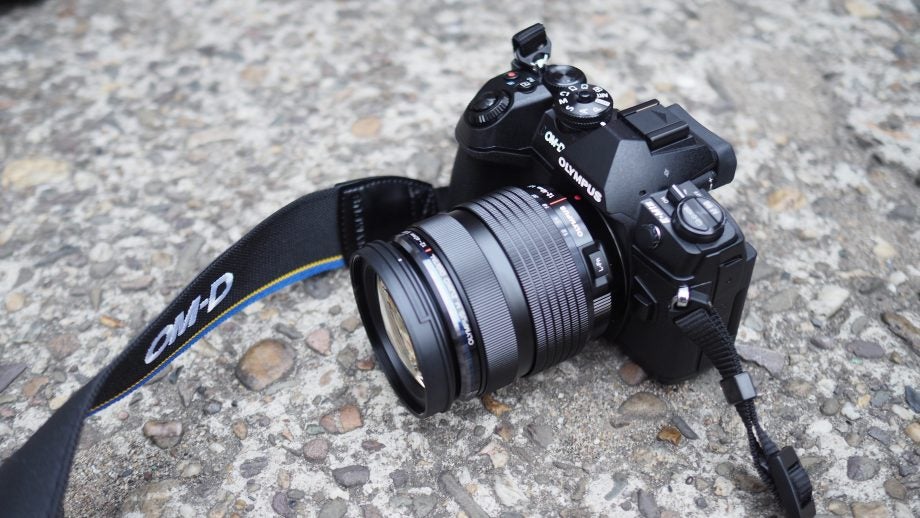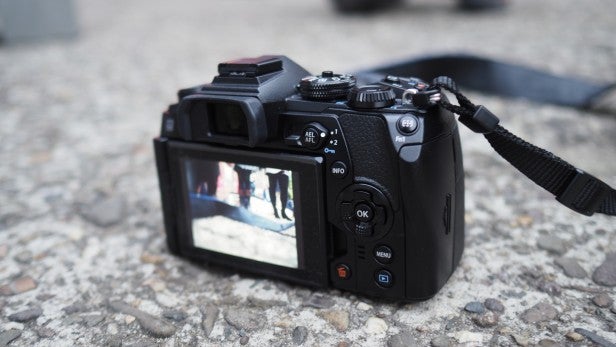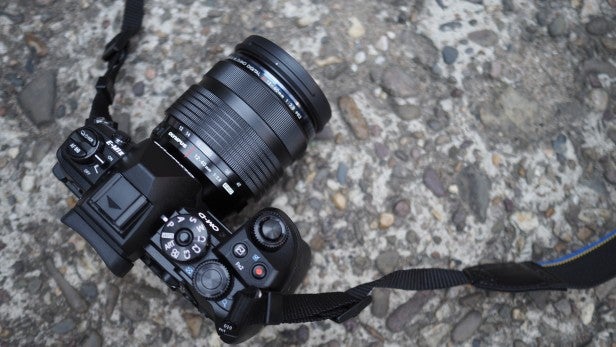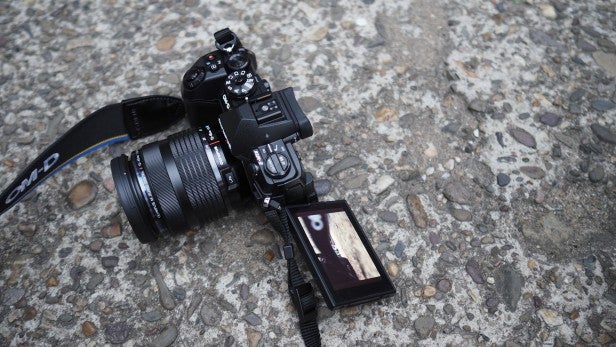Olympus OM-D E-M1 II Review
Olympus OM-D E-M1 II
A superb choice for for sports, wildlife and action photograpers

Sections
- Page 1 Olympus OM-D E-M1 II Review
- Page 2 Image quality, video and conclusion Review
Verdict
Pros
- Long battery life
- Weatherproofing
- Cinema 4K
- High resolution viewfinder
- Excellent tracking focus
Cons
- Very expensive
- Strange menu setup
- Only one UHS-II memory card slot
Key Specifications
- Review Price: £1849.00
- 20.4MP Live MOS Four Thirds sensor
- TruePic VIII image processor
- 440-image battery life
- Splash-proof, dust-proof, freeze-proof (weatherproof)
- 4K Video (including cinema 4K)
- 5-axis image stabilisation
- 121-point all cross-type AF points
- Up to 60fps shooting
What is the Olympus OM-D E-M1 Mark II?
Olympus has announced a new flagship mirrorless model to sit at the top of its lineup. The OM-D EM-1 Mark II is being touted as a game changer, offering high-speed shooting for sports, wildlife and action, while maintaining a small body size.
The camera features a 20 million-pixel sensor, whose new design includes low power consumption. This is accompanied by a TruePic VIII processor, which features a double quad-core image processor.
Remarkably, the camera can shoot at 18fps while maintaining continuous autofocus, and a fantastic 60fps if you’re happy to set the focus for the first frame. Another exciting new feature is 5-axis image stabilisation, which brings with it an impressive 6.5EV stops of compensation. Olympus claims that this means you can shoot with a wide-angle lens, handheld, for two seconds, and still achieve a sharp shot.
Other interesting features include 4K video recording, a 50-megapixel High-Res Shot mode, an improved grip, dual SD card slots, improved battery life and a high-resolution electronic viewfinder.
Related: Best cameras

Olympus OM-D E-M1 Mark II – Build and Handling
Outwardly, very little has changed from the previous model, the E-M1, but inside the camera has been completely redesigned to offer better performance.
The camera is a nice size and shape, something that you’ll be happy to carry around with you all day. However, it still has a decent amount of weight and bulk to make it feel like a serious camera. The grip is contoured well to fit the shape of your hand.
The camera is weather-sealed, as well as being dust-proof and freeze-proof. This not only adds to the high-quality feel of the unit, but also gives you the confidence to use it in a range of conditions without worrying about it becoming damaged.
On the top of the camera you’ll find some useful dials and buttons to help you dive straight into changing settings on the fly.
Related: Canon EOS 5D Mark IV review 
Accompanying the Mode dial are two further dials at the front and rear of the camera that you can use to change aperture and/or shutter speed settings. Alternatively, by quickly flipping a switch at the rear of the camera, you can change these dials to control ISO and white balance, making for a very quick and handy overall way of working.
Press the central OK button and you’ll enter a quick menu, or a way to access commonly used settings without having to delve deep into the main menu. There’s quite a wide variety of settings on offer here, and it will take a while to familiarise yourself with it all. One you do, however, you’ll find that it’s a quick way to work.
There are two SD memory card slots, one of which is compatible with the super-fast UHS-II type memory cards. You can set up the camera to use the second slot in a variety of ways. You could have it as an overflow; a backup; one to store one type of file and one to store another type.
While Olympus has gone some way to improve the main menu, it can be a little confusing at times, with some functions strangely hidden away. Again, once you’ve familiarized yourself with the various settings, this shouldn’t be an issue.
Battery life has been improved over the previous model, facilitated by including a much larger unit than before. It’s housed on the bottom of the camera. In addition, now it is possible to keep an eye on battery life via the display – something that was bizarrely missing from previous generations of Olympus compact system cameras.
Related: Sony RX10 III review
Olympus OM-D E-M1 Mark II – Screen and Viewfinder
The LCD screen is touch-sensitive. You can use it to change the AF point, trigger the release and navigate through the quick menu. Sadly, you can’t navigate through the main menu using touch.
A new viewfinder offers an extremely bright and clear view of the scene in front of you. This has also been redesigned to keep up with the high-speed shooting. You can now maintain live view even when shooting at 18fps – pretty incredible for an electronic viewfinder. An eye sensor automatically switches the viewfinder on when you bring the camera to your eye, and you’ll see a very detailed and large view of your subject.

